Home>Gardening & Outdoor>Plant Care & Gardening Tips>When To Plant Wildflower Seeds In PNW
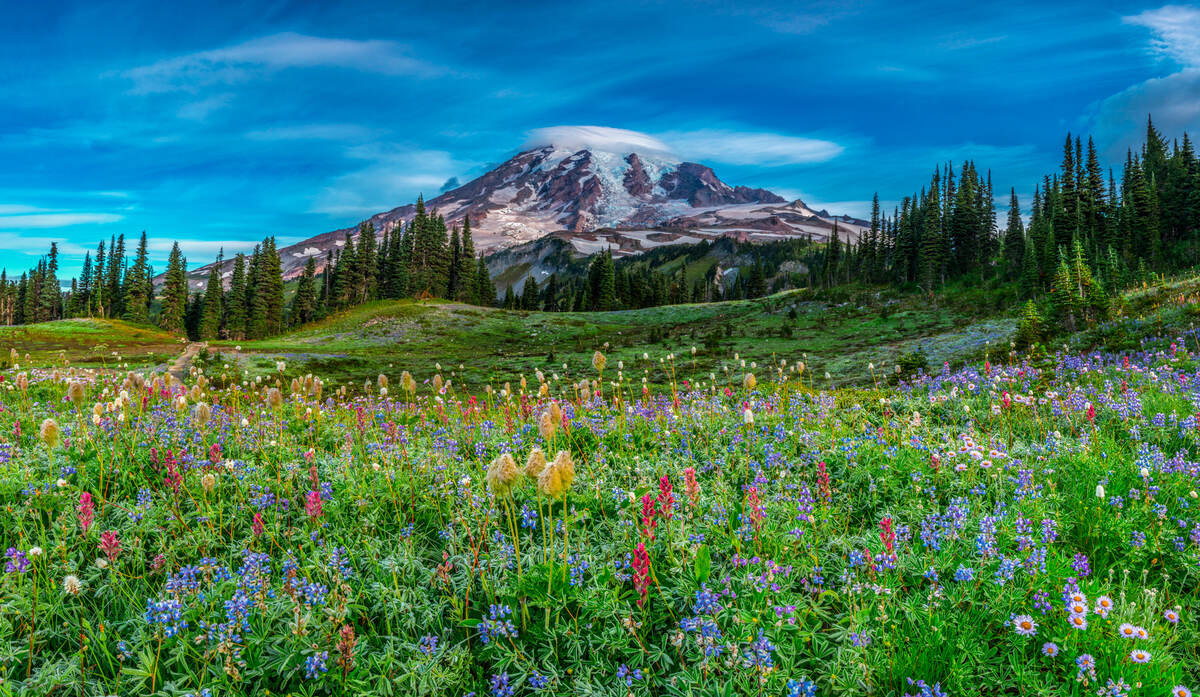

Plant Care & Gardening Tips
When To Plant Wildflower Seeds In PNW
Modified: January 5, 2024
Discover the best time to plant wildflower seeds in the Pacific Northwest with expert plant care and gardening tips. Start your wildflower garden today!
(Many of the links in this article redirect to a specific reviewed product. Your purchase of these products through affiliate links helps to generate commission for Storables.com, at no extra cost. Learn more)
**
Introduction
**
Welcome to the enchanting world of wildflowers in the Pacific Northwest! If you're a gardening enthusiast or simply someone who appreciates the beauty of nature, you're in for a treat. The Pacific Northwest region, encompassing states such as Washington and Oregon, boasts a unique climate that is well-suited for a diverse array of wildflowers. In this comprehensive guide, we will delve into the optimal timing for planting wildflower seeds in the PNW, the ideal soil conditions, and the best practices for nurturing these vibrant blooms.
Wildflowers have an innate ability to transform any outdoor space into a picturesque tapestry of colors, attracting pollinators and adding a touch of natural elegance to the landscape. Whether you're aiming to create a vibrant wildflower meadow or enhance the beauty of your garden, understanding the nuances of the Pacific Northwest climate and the specific needs of wildflowers is crucial for a successful and gratifying gardening experience.
So, grab your gardening gloves and get ready to embark on a journey through the captivating world of wildflowers in the Pacific Northwest. By the end of this guide, you'll be equipped with the knowledge and confidence to cultivate a stunning display of wildflowers that will flourish and captivate for seasons to come. Let's dive in and discover the magic of wildflower gardening in the PNW!
Key Takeaways:
- Timing is crucial for planting wildflower seeds in the PNW. Fall and early spring are the best times, aligning with the region’s climate and natural life cycles for successful germination and growth.
- Selecting the right wildflower seeds is key. Choose native and adapted species suited to the PNW’s climate, soil, and microclimates. Consider bloom times, heights, and colors for a vibrant and enduring wildflower garden.
Read more: When Should I Plant Wildflower Seeds
Understanding the Pacific Northwest Climate
Before delving into the specifics of planting wildflower seeds in the Pacific Northwest, it’s essential to grasp the unique climate that characterizes this region. The PNW is renowned for its mild, maritime climate, influenced by its proximity to the Pacific Ocean and the Cascade Range. This distinctive climate brings moderate temperatures, ample rainfall, and relatively mild winters, creating an ideal environment for a wide variety of plant species, including wildflowers.
The PNW experiences distinct seasonal changes, with moist, mild winters and dry, warm summers. The coastal areas receive abundant rainfall, while the eastern part of the region tends to be drier. This diverse climate provides a rich tapestry of habitats, from lush coastal forests to arid inland areas, offering a range of growing conditions for different wildflower species.
One of the defining features of the PNW climate is its long growing season. While some regions may experience shorter growing periods, the Pacific Northwest’s temperate climate allows for an extended period of plant growth and flowering. This extended growing season presents an opportunity for wildflowers to thrive and bloom over an extended period, adding to the allure of cultivating these vibrant plants in the region.
Understanding the nuances of the Pacific Northwest climate is crucial for successful wildflower gardening. By recognizing the seasonal patterns, precipitation levels, and temperature fluctuations, gardeners can make informed decisions when selecting and planting wildflower seeds, ensuring that the chosen species are well-suited to the regional climate and can flourish in the PNW’s unique environmental conditions.
Now that we have gained insight into the climate of the Pacific Northwest, let’s explore the optimal timing for planting wildflower seeds in this captivating region.
Best Time to Plant Wildflower Seeds in PNW
Timing is of the essence when it comes to planting wildflower seeds in the Pacific Northwest. The optimal time for sowing wildflower seeds in the PNW largely depends on the specific climatic conditions and the natural life cycles of the wildflower species. Understanding the seasonal rhythms and the unique climate of the region is essential for determining the best time to embark on your wildflower planting journey.
As a general guideline, the best time to plant wildflower seeds in the PNW is during the fall and early spring. Fall planting takes advantage of the region’s ample rainfall and the cooler temperatures, providing an ideal environment for the seeds to germinate and establish strong root systems before the onset of winter. This allows the wildflowers to gain a foothold in the soil and prepare for robust growth when the spring arrives.
Early spring, typically from late February to April, also presents a favorable window for planting wildflower seeds in the PNW. As the days lengthen and the temperatures begin to rise, the soil becomes receptive to seed germination, and the wildflowers can take advantage of the increasing sunlight and warmth to initiate their growth cycle.
It’s important to consider the specific requirements of the wildflower species you intend to plant, as certain varieties may have unique preferences regarding planting times. Some wildflowers thrive when sown in the fall to undergo a period of cold stratification, a natural process that breaks seed dormancy and stimulates germination. Others may fare better with early spring planting to align with their natural life cycles.
By aligning your wildflower planting schedule with the seasonal rhythms of the PNW and the specific needs of the chosen wildflower species, you can maximize the chances of successful germination and establishment, setting the stage for a spectacular display of blooms in the months to come.
Now that we’ve uncovered the optimal timing for planting wildflower seeds, let’s delve into the essential steps for preparing the soil to create an ideal environment for these vibrant blooms.
Preparing the Soil for Wildflower Planting
Creating the right foundation for your wildflowers begins with preparing the soil to provide an optimal environment for seed germination and plant growth. In the Pacific Northwest, where the climate and soil conditions can vary across different locations, understanding the composition of the soil and making necessary preparations are essential steps for cultivating thriving wildflower displays.
Before embarking on the soil preparation process, it’s beneficial to assess the soil type and quality in your gardening area. The PNW encompasses a range of soil types, from well-draining sandy soils to nutrient-rich loamy soils, each with its unique characteristics. Conducting a simple soil test can provide valuable insights into the pH levels, nutrient content, and drainage properties of the soil, guiding you in making informed decisions for soil enhancement.
For most wildflower species, well-draining soil is crucial to prevent waterlogging and promote healthy root development. Amending the soil with organic matter, such as compost or well-rotted manure, can improve its structure, enhance nutrient retention, and facilitate proper drainage, creating a hospitable environment for wildflower seeds to germinate and thrive.
Additionally, adjusting the soil pH to suit the preferences of the intended wildflower species can significantly impact their growth and flowering. While many wildflowers in the PNW thrive in slightly acidic to neutral soils, some may have specific pH requirements. Incorporating lime to raise the pH or elemental sulfur to lower it can help achieve the optimal pH range for the selected wildflowers, ensuring that they can access essential nutrients and minerals from the soil.
Clearing the planting area of weeds, rocks, and debris is another crucial aspect of soil preparation. Weeds can compete with wildflowers for nutrients and sunlight, hindering their growth, while rocks and debris can impede seed-to-soil contact and disrupt the uniformity of the planting surface. By meticulously preparing the soil and creating a clean, receptive bed for the wildflower seeds, you set the stage for successful germination and robust growth.
Once the soil has been amended, cleared, and assessed for optimal planting conditions, it’s time to proceed with sowing the wildflower seeds, taking into account the specific requirements of the chosen species and the recommended planting depth. With the groundwork laid and the soil primed for growth, you’re on your way to nurturing a flourishing tapestry of wildflowers in the Pacific Northwest.
Now that we’ve laid the groundwork for soil preparation, let’s explore the process of selecting the right wildflower seeds tailored to the unique climate of the PNW.
Plant wildflower seeds in the Pacific Northwest in the early spring or late fall for best results. This allows the seeds to establish before the heat of summer or the cold of winter.
Choosing the Right Wildflower Seeds for PNW
When it comes to selecting wildflower seeds for cultivation in the Pacific Northwest, the region’s unique climate and growing conditions play a pivotal role in determining the most suitable species for a vibrant and enduring wildflower display. With a diverse range of wildflower species to choose from, each with its distinct characteristics and preferences, careful consideration and informed choices are vital for creating a flourishing wildflower garden that thrives in the PNW environment.
One of the key factors to consider when choosing wildflower seeds for the PNW is the native and adapted species that are well-suited to the region’s climate and soil conditions. Native wildflowers, such as the Oregon sunshine (Eriophyllum lanatum) and the common camas (Camassia quamash), have evolved to thrive in the PNW’s ecosystems, making them resilient choices for sustainable and low-maintenance wildflower gardens. These native species not only contribute to the region’s biodiversity but also require minimal intervention once established, making them an eco-conscious and visually stunning addition to any garden or landscape.
Adapted wildflower species, while not native to the PNW, have demonstrated the ability to thrive in the region’s climate and soil types. These adaptable species, such as the California poppy (Eschscholzia californica) and the blanketflower (Gaillardia aristata), can complement native wildflowers and contribute to a diverse and visually captivating wildflower display, enriching the landscape with their vibrant colors and unique characteristics.
Considering the specific microclimates and growing conditions in your gardening area is also crucial when selecting wildflower seeds. The PNW encompasses a range of habitats, from coastal regions to mountainous areas, each with its distinct environmental factors. By identifying the microclimate of your gardening space, such as sun exposure, moisture levels, and soil composition, you can tailor your selection of wildflower species to thrive in the specific conditions of your location, ensuring a successful and enduring display of blooms.
Furthermore, taking into account the bloom times, heights, and colors of the wildflower species can contribute to creating a harmonious and visually appealing composition. By selecting a diverse array of wildflowers that bloom at different times throughout the growing season and complement each other in color and form, you can orchestrate a dynamic and ever-changing tapestry of blooms that evolves and enchants from spring to fall.
Armed with a thoughtful selection of native, adapted, and well-suited wildflower species, you’re poised to embark on a captivating journey of sowing and nurturing these vibrant blooms in the Pacific Northwest. With the right wildflower seeds chosen to harmonize with the region’s climate and growing conditions, you’re one step closer to cultivating a stunning and ecologically beneficial wildflower garden that flourishes in the PNW’s enchanting landscapes.
Now that we’ve explored the art of selecting the right wildflower seeds, let’s delve into the essential practices for planting and caring for wildflowers in the Pacific Northwest.
Read more: When To Seed Wildflowers
Planting and Caring for Wildflowers
As you embark on the journey of planting and caring for wildflowers in the Pacific Northwest, a combination of thoughtful practices and attentive care will nurture these vibrant blooms into a flourishing and enchanting display. From sowing the seeds to providing essential maintenance, understanding the specific needs of wildflowers and tailoring your approach to the PNW’s climate and growing conditions is paramount for cultivating a thriving and visually captivating wildflower garden.
When planting wildflower seeds in the PNW, it’s essential to prepare the soil meticulously, ensuring that it is well-draining, free of debris, and amended with organic matter to foster optimal growing conditions. Sowing the seeds at the recommended depth and spacing, as specified by the seed provider, promotes uniform germination and robust growth, setting the stage for a bountiful display of wildflowers.
After sowing the seeds, providing consistent moisture is crucial for supporting germination and early growth. In the PNW, where rainfall is abundant, supplemental watering may be necessary during dry spells, particularly in the summer months when the weather tends to be drier. Balancing the moisture levels and avoiding waterlogged conditions is essential for promoting healthy root development and sustaining the wildflowers through their growth stages.
As the wildflowers begin to establish and grow, regular monitoring and maintenance play a vital role in nurturing their health and vigor. Weeding the planting area to minimize competition for nutrients and sunlight, particularly in the early stages of growth, helps the wildflowers thrive and prevents invasive plants from encroaching on the space. Additionally, providing support, such as staking or gentle tying, for taller wildflower varieties can safeguard them from wind damage and ensure an upright and graceful display of blooms.
Applying a layer of organic mulch, such as straw or bark, around the wildflowers can aid in moisture retention, suppress weed growth, and insulate the soil, contributing to a favorable growing environment. Mulching also adds a decorative touch to the wildflower garden, creating a polished and tidy appearance while offering practical benefits for the plants.
Throughout the growing season, observing the wildflowers and noting any signs of pests or diseases enables prompt intervention, if necessary, to safeguard the plants’ health. While wildflowers in the PNW are generally resilient, being vigilant and addressing any issues early on can prevent potential setbacks and ensure a vibrant and enduring display of blooms.
As the wildflowers reach their peak bloom and enchant with their radiant colors, taking the time to appreciate and savor the beauty of the garden adds a personal and gratifying dimension to the wildflower gardening experience. Whether you’re cultivating a small patch of wildflowers or transforming an expansive landscape, the care and attention invested in nurturing these vibrant blooms in the Pacific Northwest yield a rewarding and visually stunning result that harmonizes with the region’s natural splendor.
With the essential practices for planting and caring for wildflowers in the PNW at your fingertips, you’re equipped to embark on a fulfilling and captivating journey of cultivating these enchanting blooms in your outdoor space.
Now that we’ve explored the art of planting and caring for wildflowers, let’s reflect on the beauty and rewards of creating a vibrant wildflower garden in the Pacific Northwest.
Conclusion
Congratulations on embarking on a journey through the captivating world of wildflowers in the Pacific Northwest! As we conclude this comprehensive guide, we have delved into the nuances of the PNW’s climate, the optimal timing for planting wildflower seeds, the essential steps for soil preparation, the art of selecting the right wildflower seeds, and the practices for planting and caring for these vibrant blooms. Armed with this knowledge, you’re well-prepared to cultivate a stunning and enduring wildflower garden that harmonizes with the natural splendor of the Pacific Northwest.
The PNW’s mild, maritime climate, characterized by moderate temperatures, ample rainfall, and an extended growing season, provides an ideal canvas for cultivating a diverse array of wildflowers. By understanding the seasonal rhythms, soil composition, and microclimates of the region, you can tailor your approach to wildflower gardening and create a vibrant and ecologically beneficial display of blooms that thrives in the PNW’s enchanting landscapes.
From the enchanting Oregon sunshine to the vibrant California poppy, the PNW offers a rich tapestry of habitats and growing conditions that accommodate a diverse range of wildflower species. By carefully selecting native, adapted, and well-suited wildflower seeds, you can orchestrate a dynamic and ever-changing tapestry of blooms that evolves and enchants from spring to fall, adding a touch of natural elegance to your outdoor space.
As you sow the seeds, nurture the seedlings, and witness the wildflowers flourish, take a moment to savor the beauty and rewards of creating a vibrant wildflower garden in the Pacific Northwest. Whether you’re tending to a small garden bed or transforming a sprawling landscape, the care and attention invested in cultivating these enchanting blooms yield a visually stunning result that complements the region’s natural splendor and captivates the senses.
So, as you embark on your wildflower gardening journey, remember to embrace the seasonal rhythms, celebrate the diversity of wildflower species, and revel in the beauty of the PNW’s landscapes. By harmonizing with the region’s climate and embracing the art of wildflower gardening, you’re contributing to the preservation of native flora, supporting pollinators, and creating a captivating tapestry of blooms that enriches the natural tapestry of the Pacific Northwest.
Now, armed with the knowledge and insights gained from this guide, it’s time to step into the garden, sow the seeds of enchantment, and watch as your wildflower garden comes to life, adding a vibrant and enduring touch of natural beauty to the Pacific Northwest’s captivating landscapes. Happy gardening!
Frequently Asked Questions about When To Plant Wildflower Seeds In PNW
Was this page helpful?
At Storables.com, we guarantee accurate and reliable information. Our content, validated by Expert Board Contributors, is crafted following stringent Editorial Policies. We're committed to providing you with well-researched, expert-backed insights for all your informational needs.
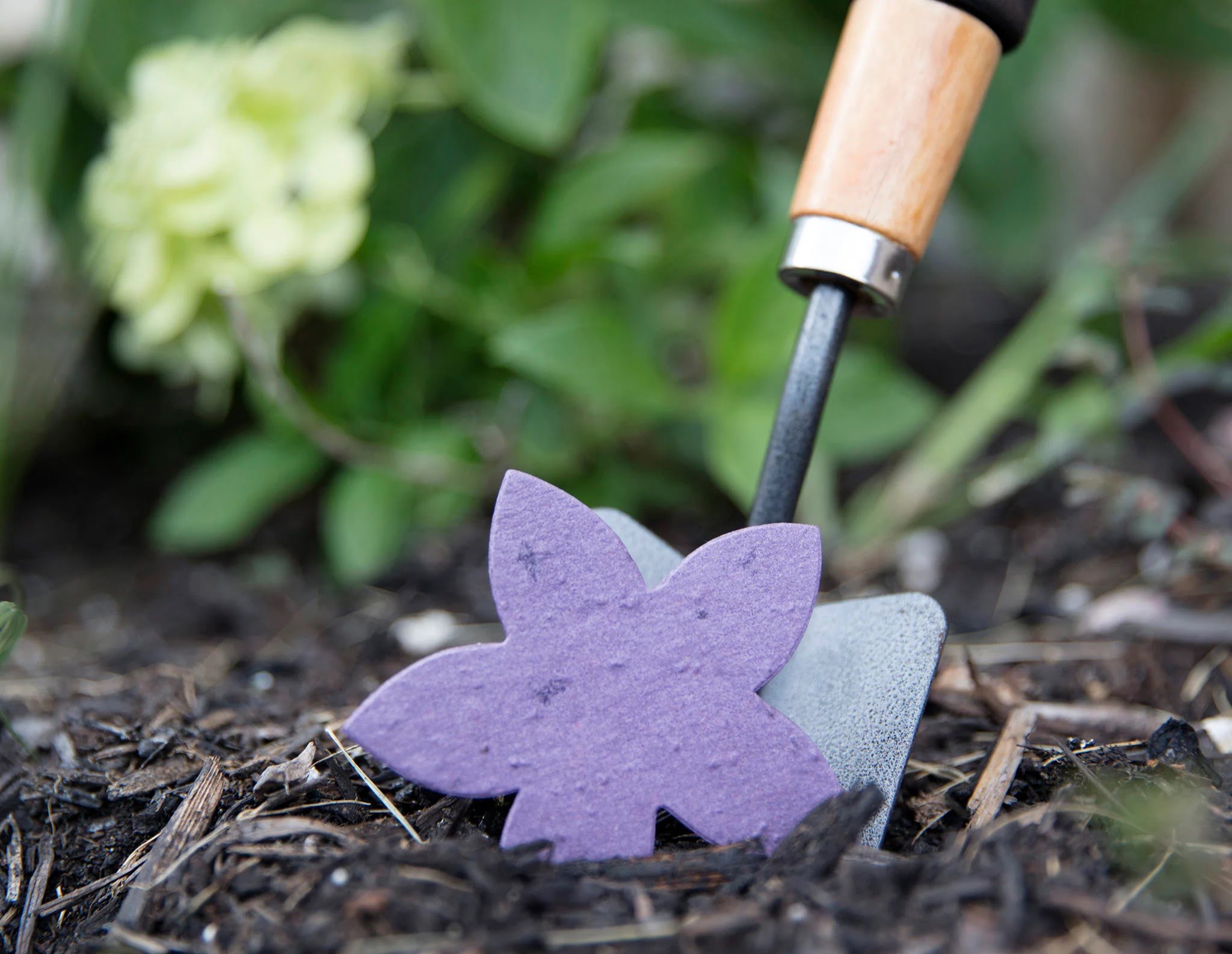
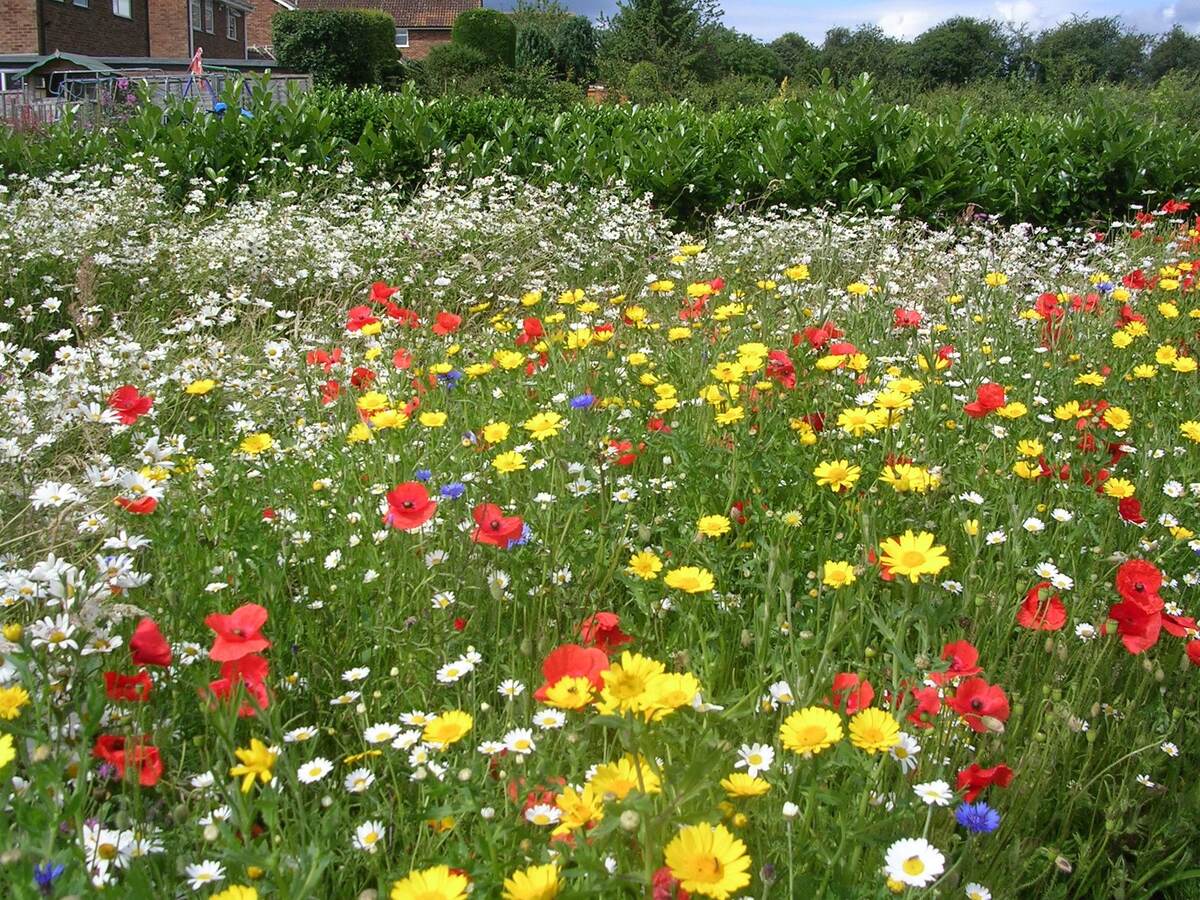
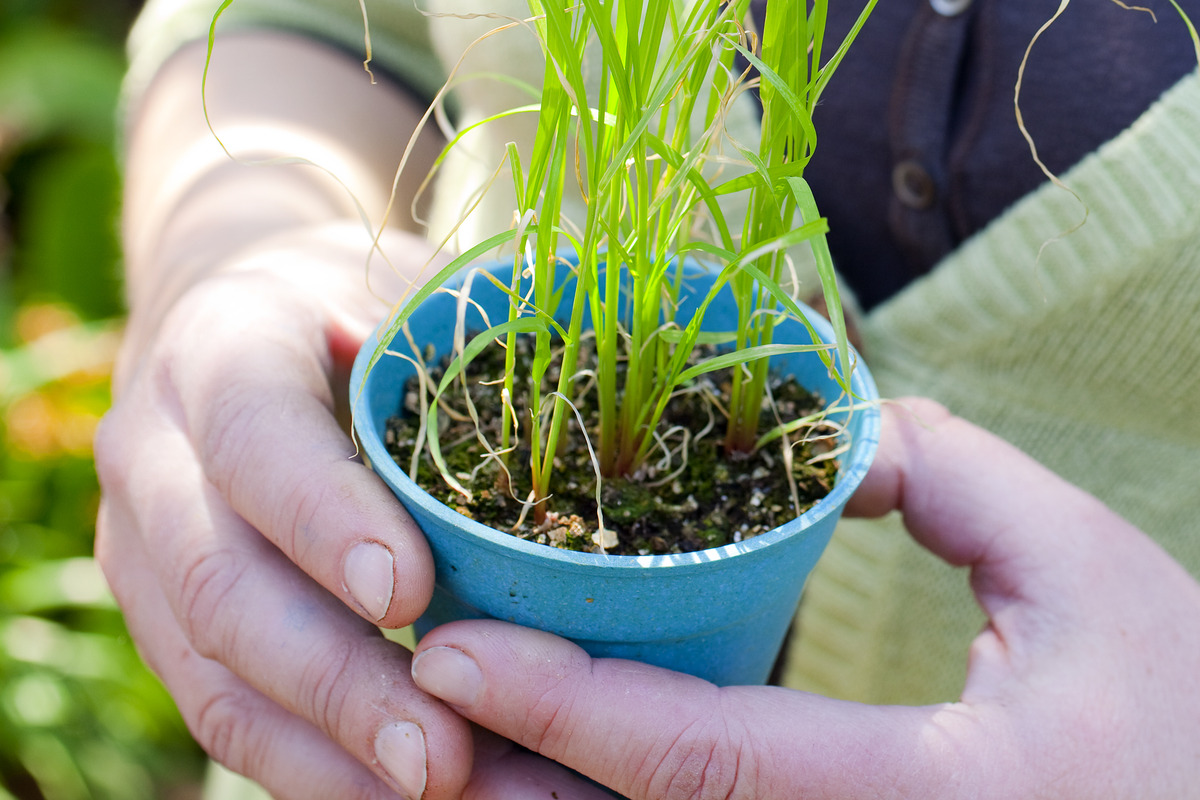
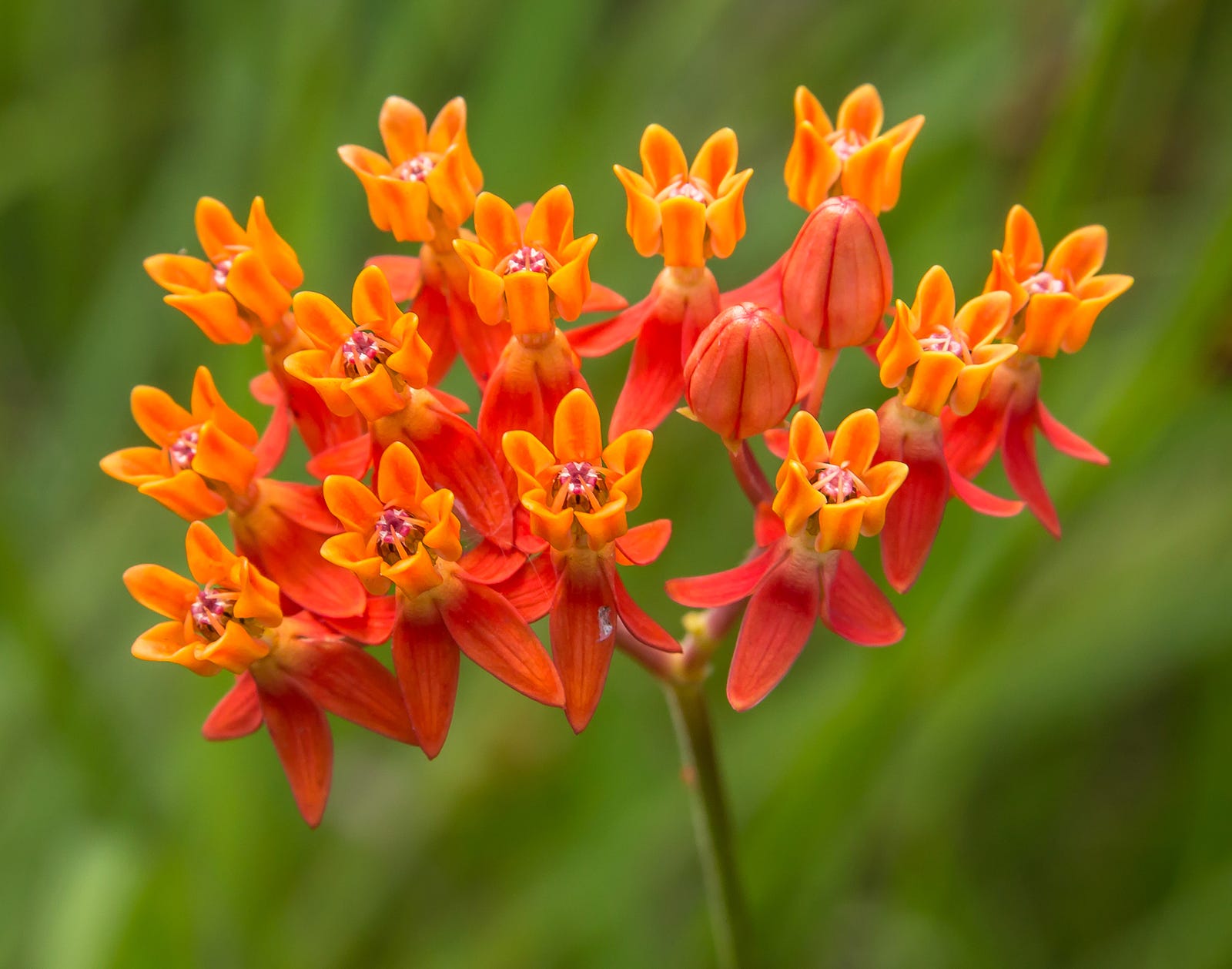
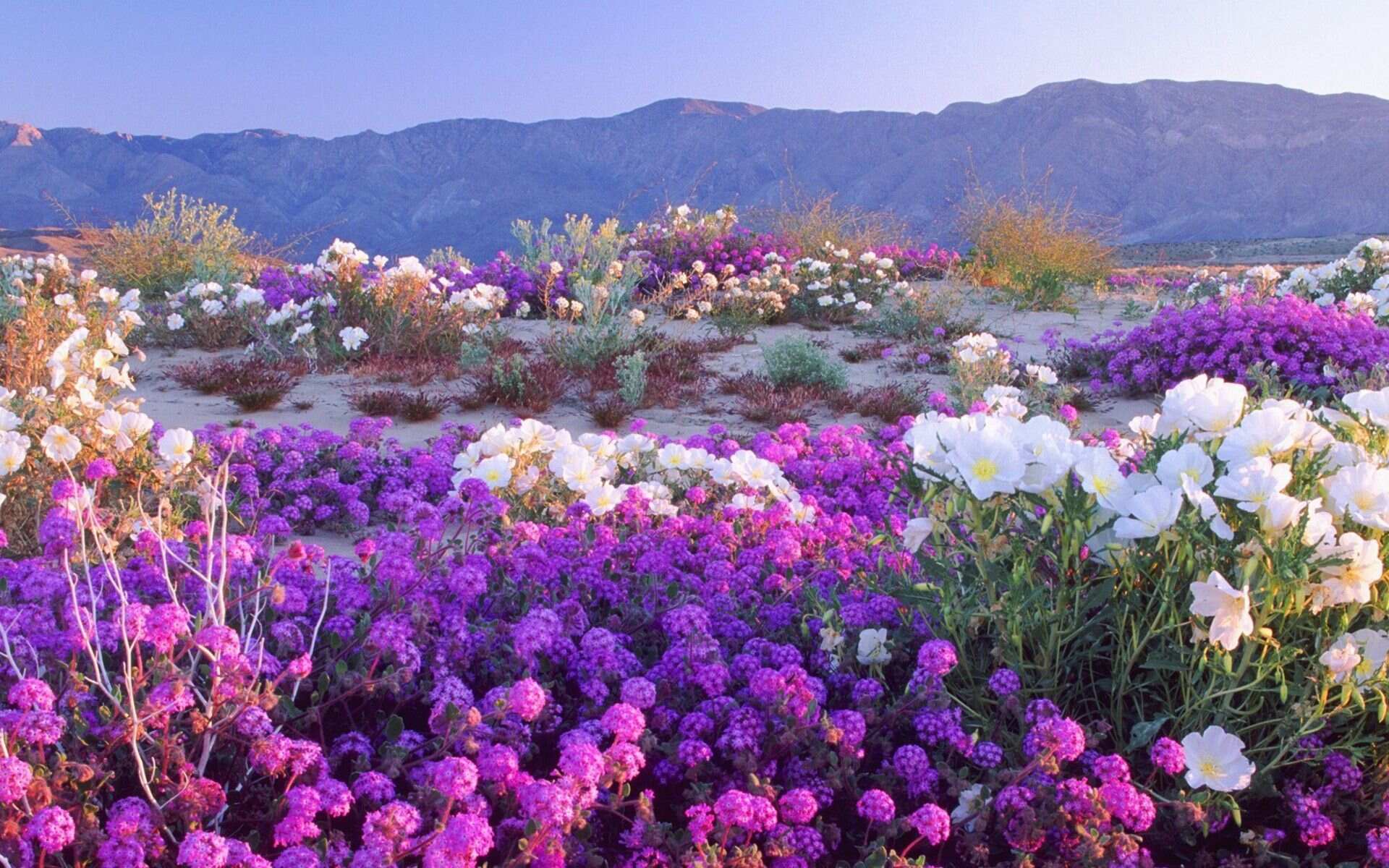
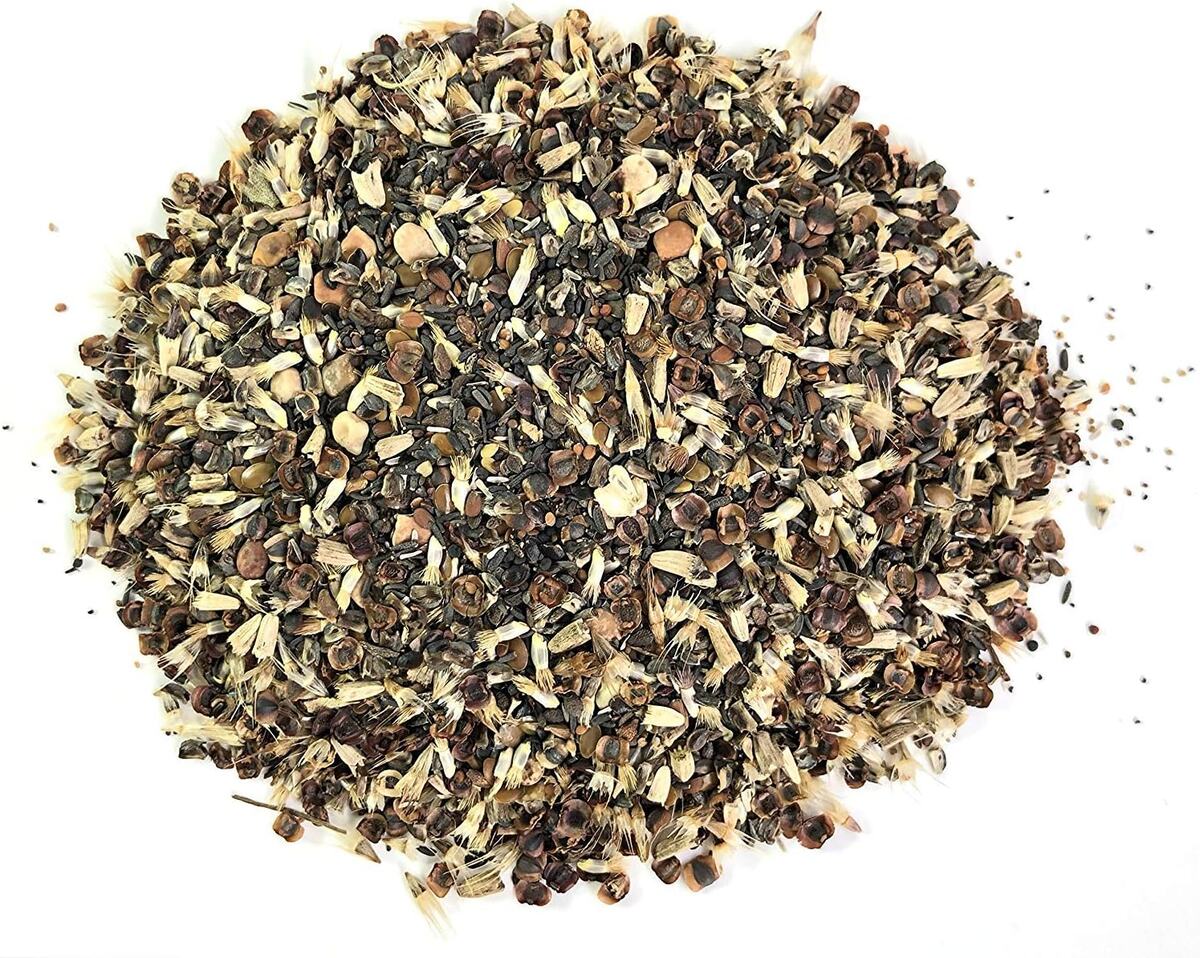
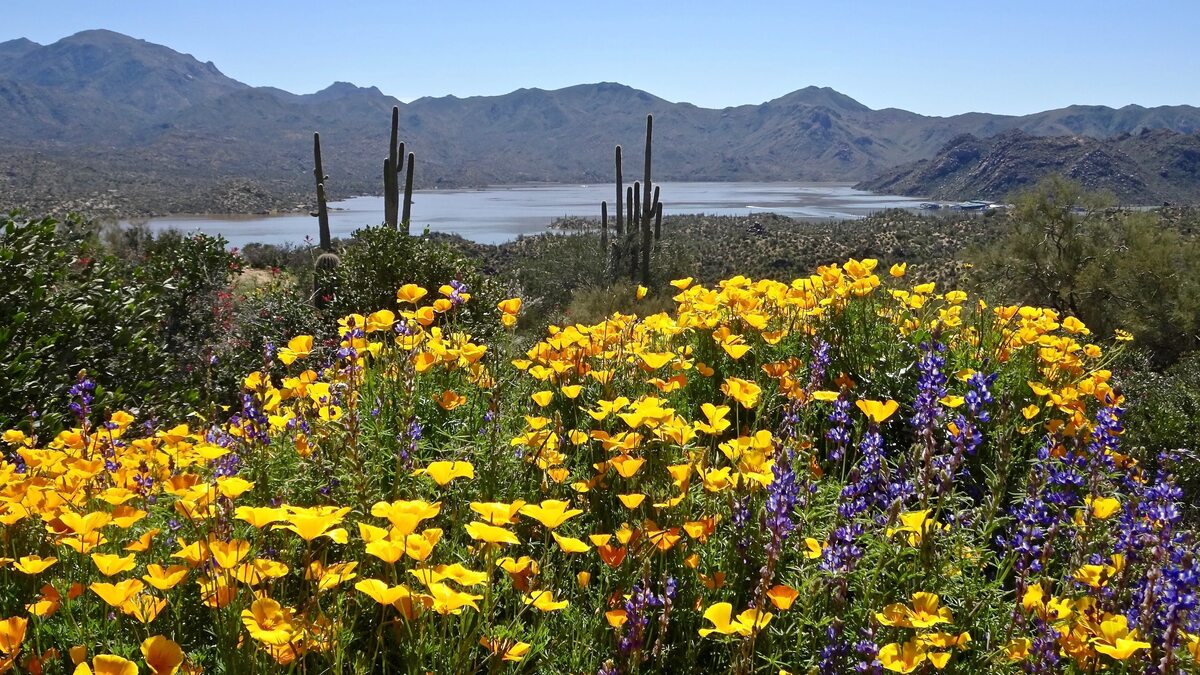
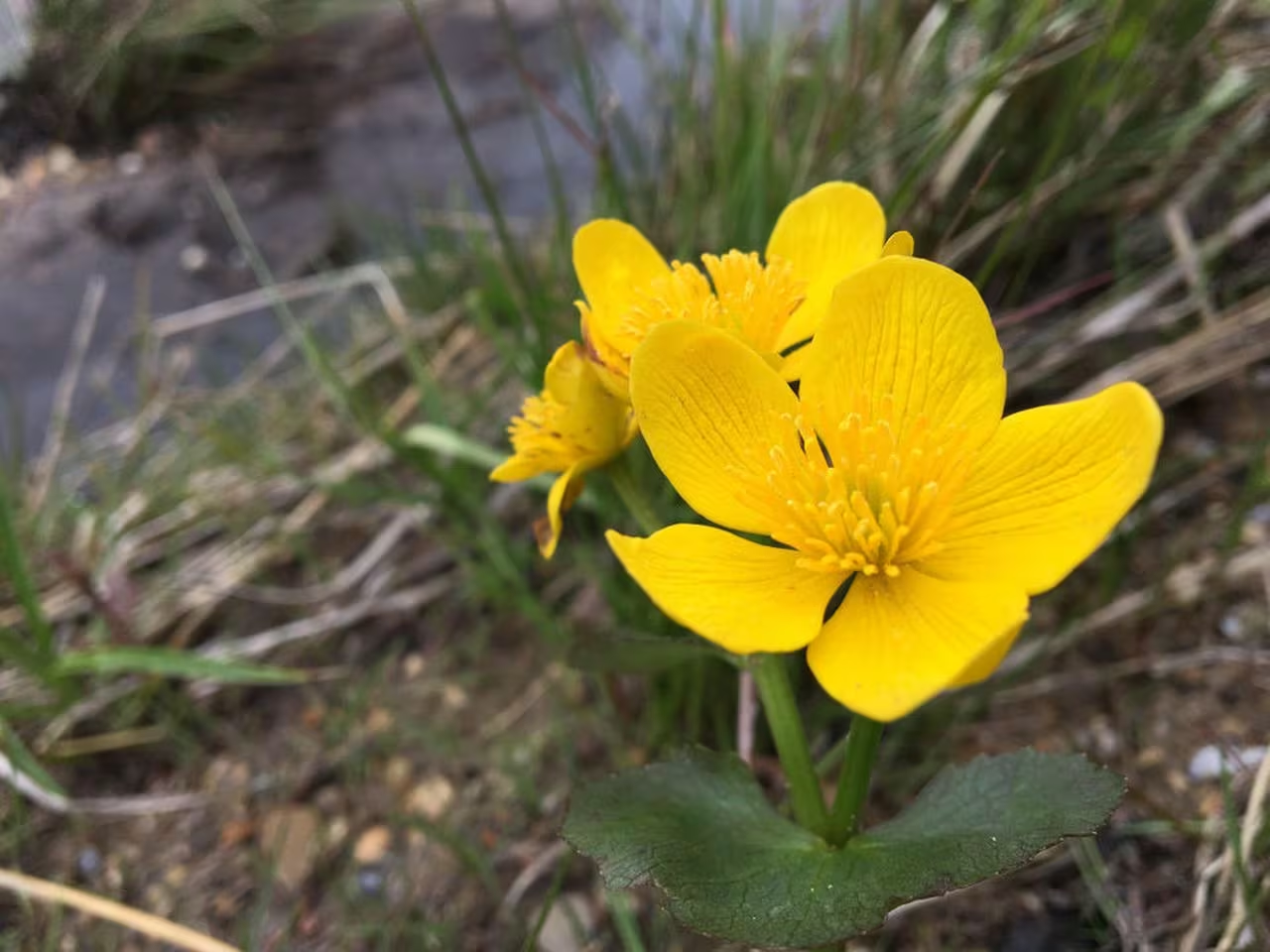
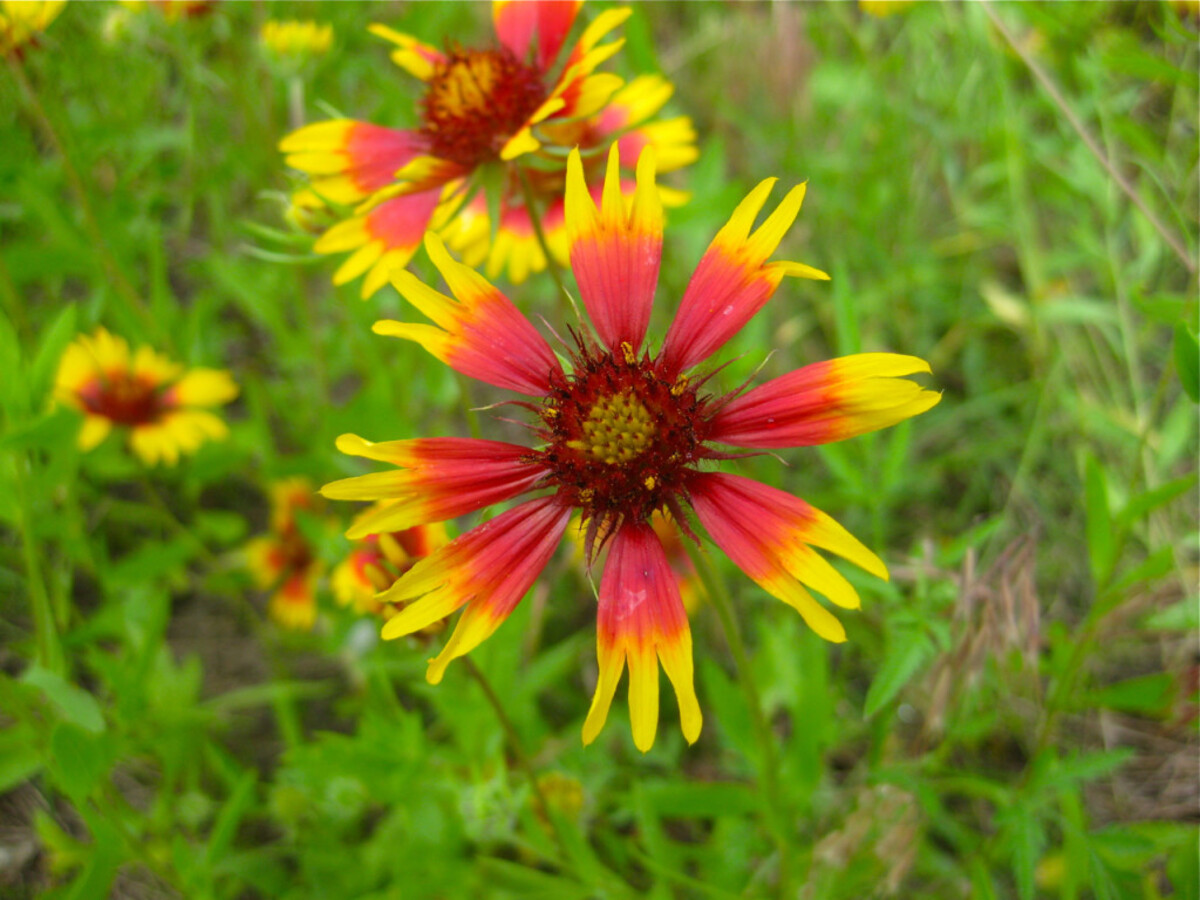
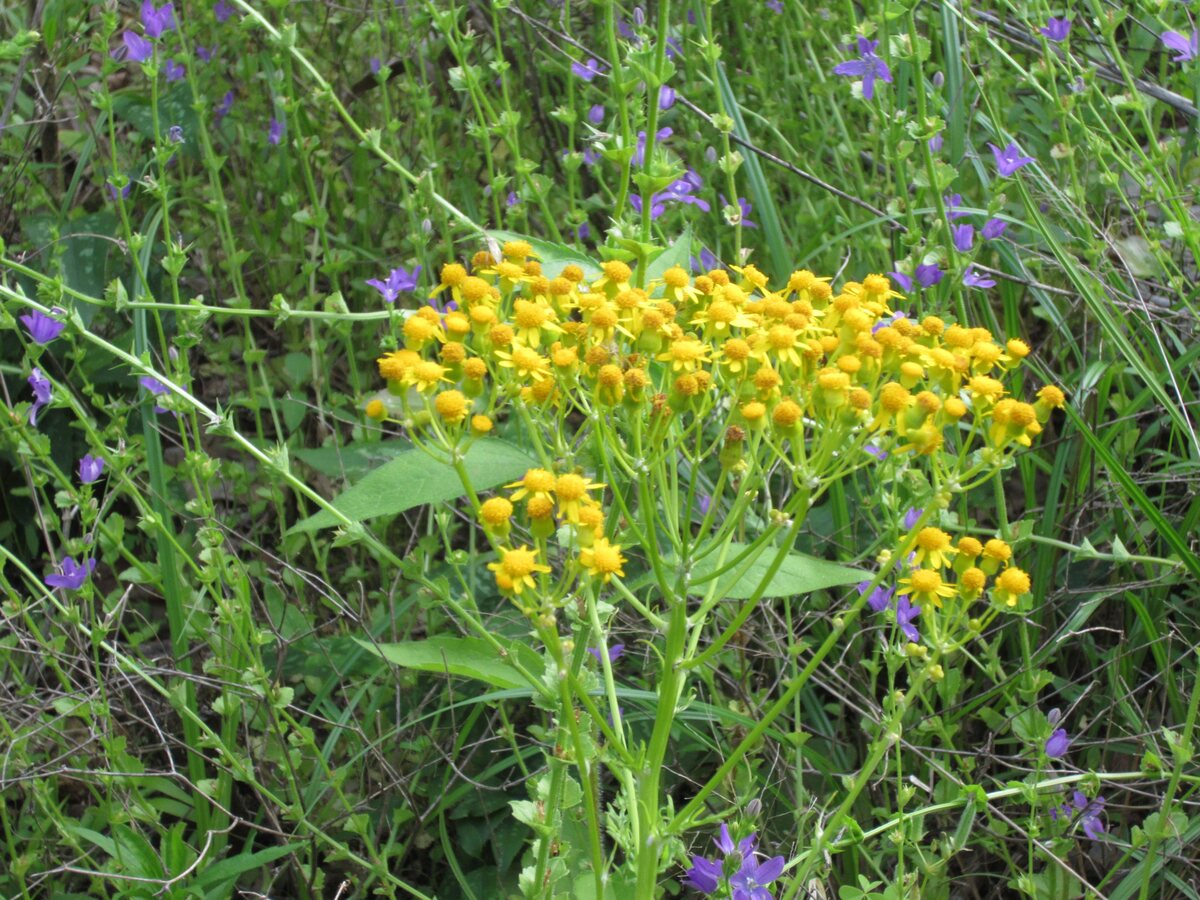
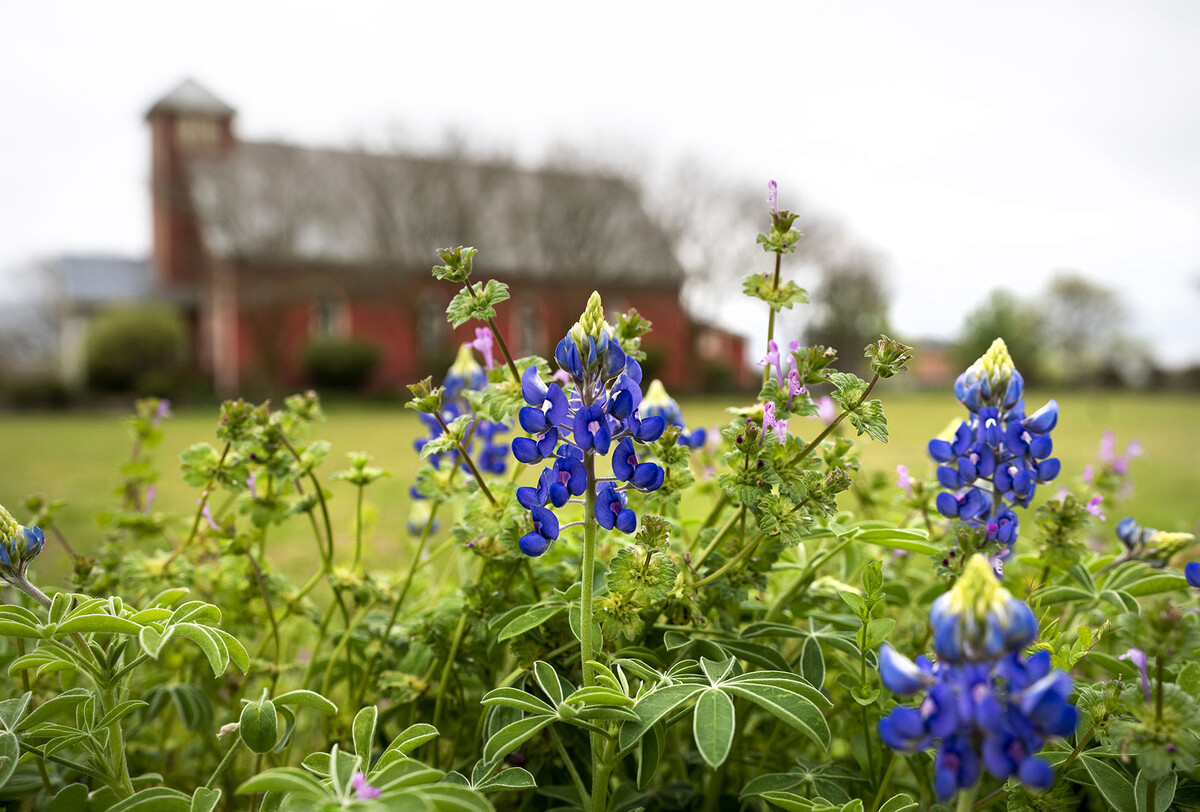
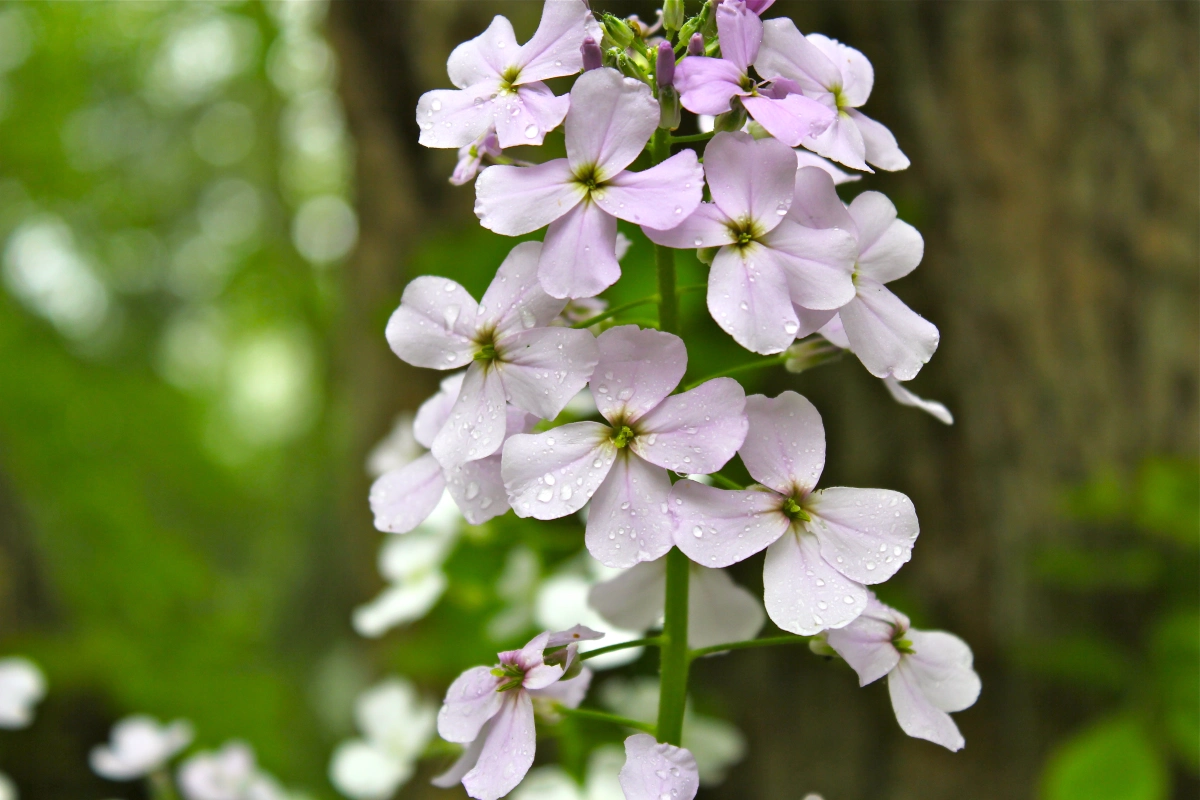
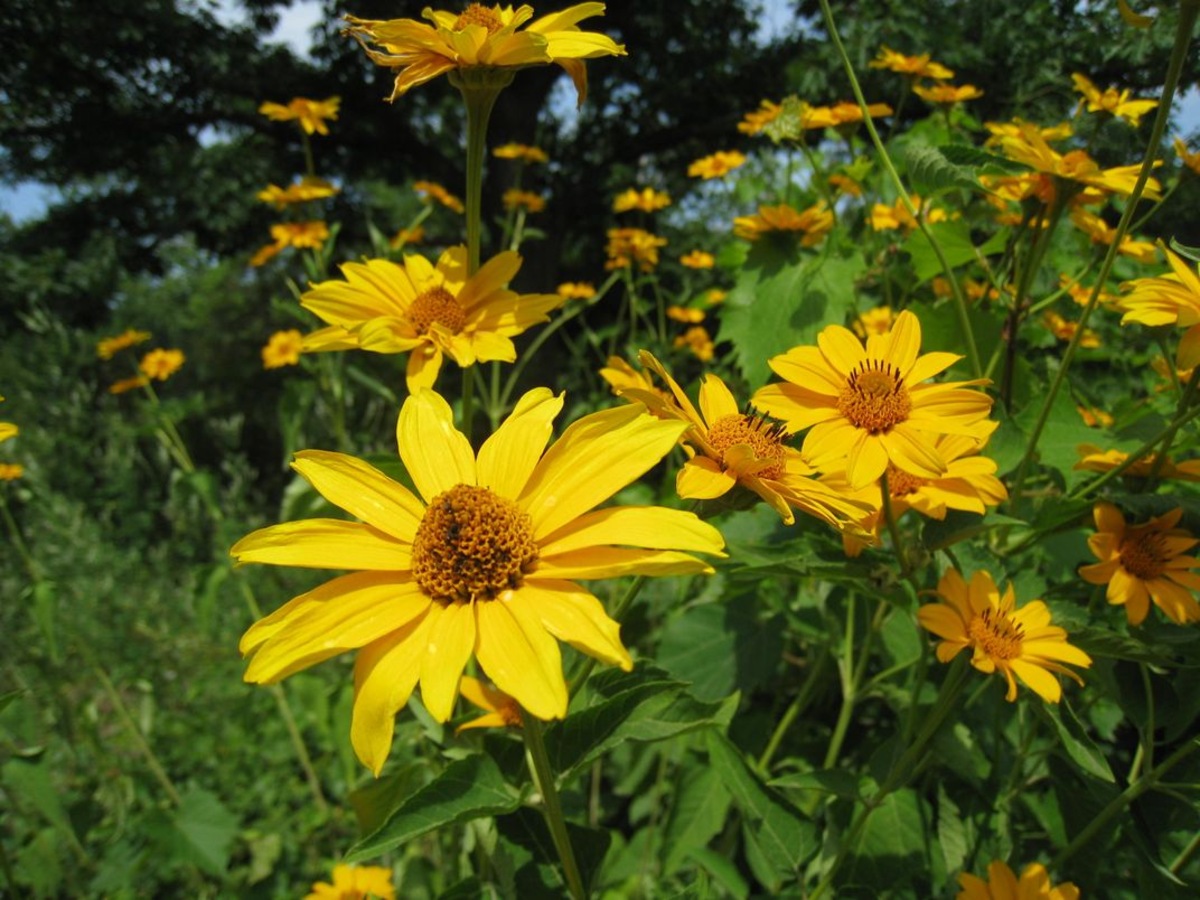
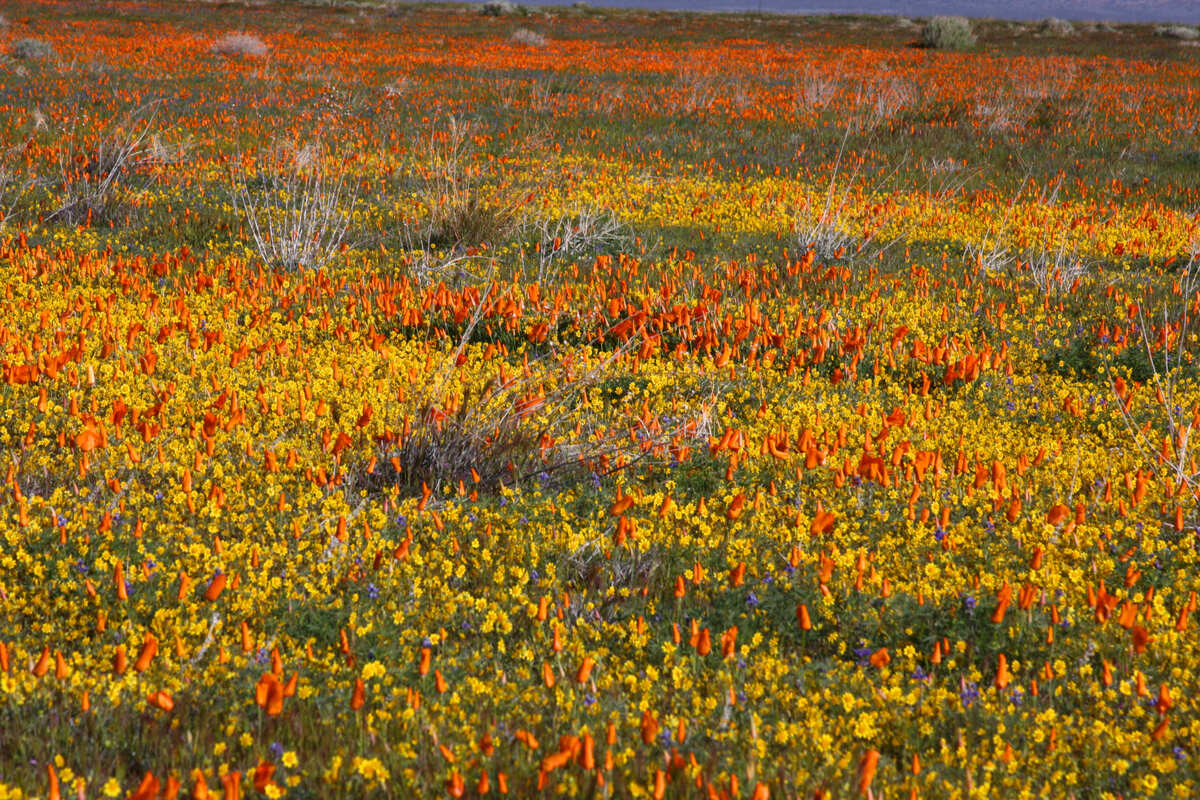

0 thoughts on “When To Plant Wildflower Seeds In PNW”